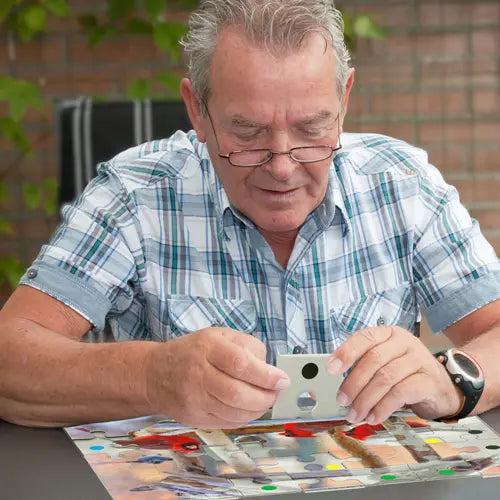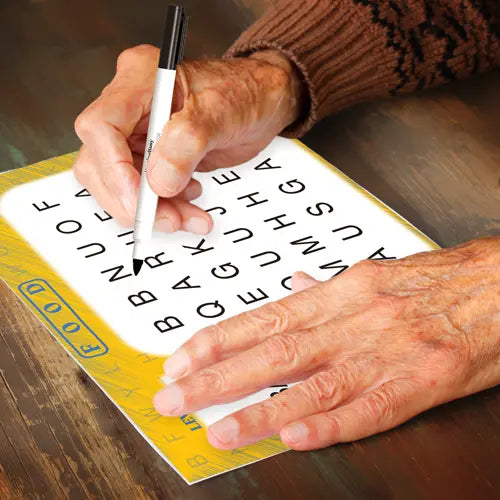
This is one in a series of posts describing the ten Montessori Principles for dementia care. Click here for the first post in the series
The Montessori dementia care principle of Sequence means that we should break down tasks into their simplest components and allow the person with Alzheimer's or dementia to focus on one component at a time. "Make a cup of tea" is too abstract a concept for memory care. Rather, we have to break that activity down into smaller steps that if followed in order will result in a cup of tea.
Virtually every task that we do consists of many smaller steps that together accomplish the job. We don't even think about the steps, we just do them automatically. Think about putting on your shirt. The steps involved include choosing the shirt that you want to wear, pulling it on, lining up the buttons, doing them up and tucking it in. Breaking the task down into those steps is sufficient for some people with dementia, but is that really all that's involved? Let's look at "pulling it on". That involves orienting the shirt in a particular way, putting your right arm into the right sleeve, pulling the shirt over your shoulders then putting the left arm into the left sleeve. Some dementia patients require tasks to be broken down into simpler steps such as these.
Before presenting a task, think about the steps that are involved in successfully completing the task. Balance those steps against the person's abilities to complete them so that you present them in as few steps as necessary for the person to be successful. In other words, we want to provide as much guidance as necessary for success, but only that amount. That's not always easy to determine. If you're presenting something new, you may have an idea how much the person with dementia can do, but you can't be sure. It's best to break down the activity into smaller tasks so that they are more likely to be successful. Once you have observed them doing the activity, you can adjust the steps to match their abilities more closely.
Let's look at baking a cake as an example. We might think that simply following the steps in the recipe is simple enough. For someone with dementia, it's not that easy. For example, the instruction "stir the flour into the mixing bowl" actually involves a number of smaller tasks. How much flour? That's probably listed in the ingredients section somewhere else on the recipe. To measure the amount needed requires a measuring cup of the correct size. How does it get mixed into the bowl - that likely requires a utensil of some sort. These are the sorts of things that need to be broken down and treated as individual tasks. Once you have broken the steps down more completely, present only one step at a time. Once that task has been completely successfully, move on to the next.




